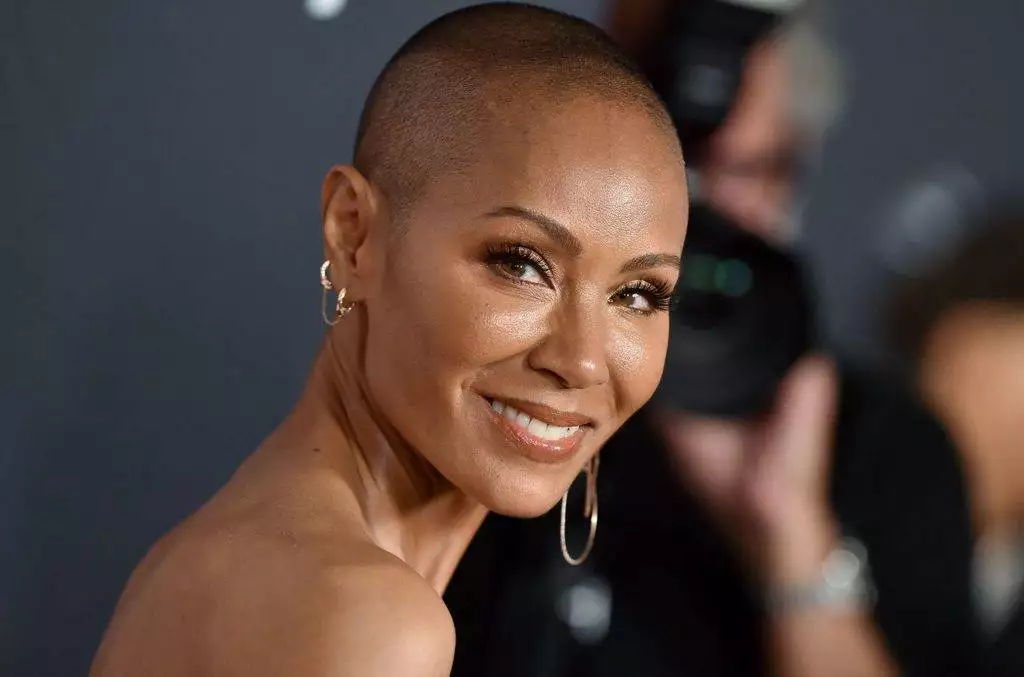
Jada Pinkett Smith Shares her Hair Loss Story
You may have recently seen a news article about Jada Pinkett Smith, Will Smith's wife, and her update on hair loss.
We are all very familiar with the term Alopecia and so many of us take the leap and think we have what Jada has but Alopecia is the general term for hair loss. Jada Pinkett's hair loss is actually called Alopecia Areata and it’s a bit more involved than general hair loss.
Pinkett Smith first shared that she was experiencing hair loss in 2018 when she revealed that she was getting steroid injections, a common treatment for Alopecia Areata. Since that time, Pinkett Smith has confirmed that she is experiencing Alopecia Areata, and in her most recent Instagram post, she shared a new bald spot on the top of her head.
Alopecia Areata is an “autoimmune” disease, meaning the body causes inflammation around the hair follicle preventing it from growing. Most often it presents as a coin-shaped lesion or discrete patches of hair loss with sharp borders. Less commonly it can be more diffuse. Women with Alopecia Areata can have hair loss in other areas besides the scalp, including eyelashes and eyebrows. While considered a rare type of hair loss, Alopecia Areata still affects almost 7 million people in the US. Alopecia Areata is one of the more difficult types of hair loss to treat, however, we have found success with many patients using a combination of treatments that may include steroid treatments, like the one that Pinkett Smith used. However, not all patients respond to steroids, so we often utilize treatment plans that include minoxidil and Platelet Rich Plasma (PRP) Therapy.
Stories from celebrities like Pinkett Smith are so important as we try to normalize female hair loss. While the type of hair loss that Pinkett Smith is experiencing is a more rare form of hair loss, hopefully, it will inspire more women experiencing all forms of hair loss to share their stories. If you are experiencing hair loss, make sure to see a hair loss specialist that can diagnose the cause of the hair loss and provide an appropriate treatment plan to give you the best chance of success at treatment.